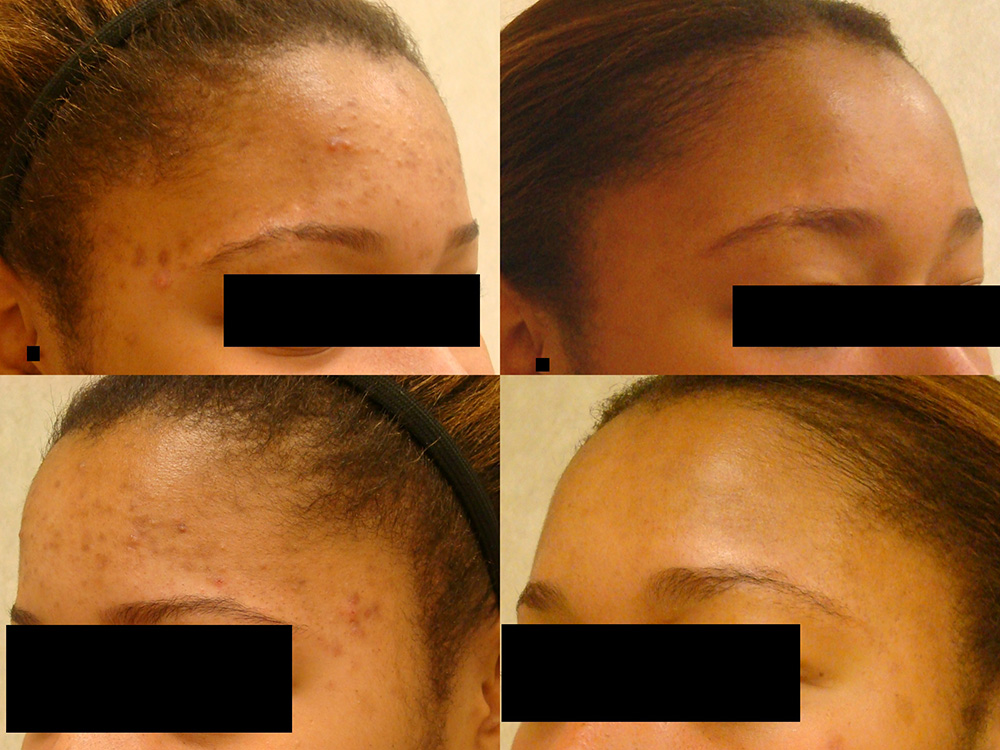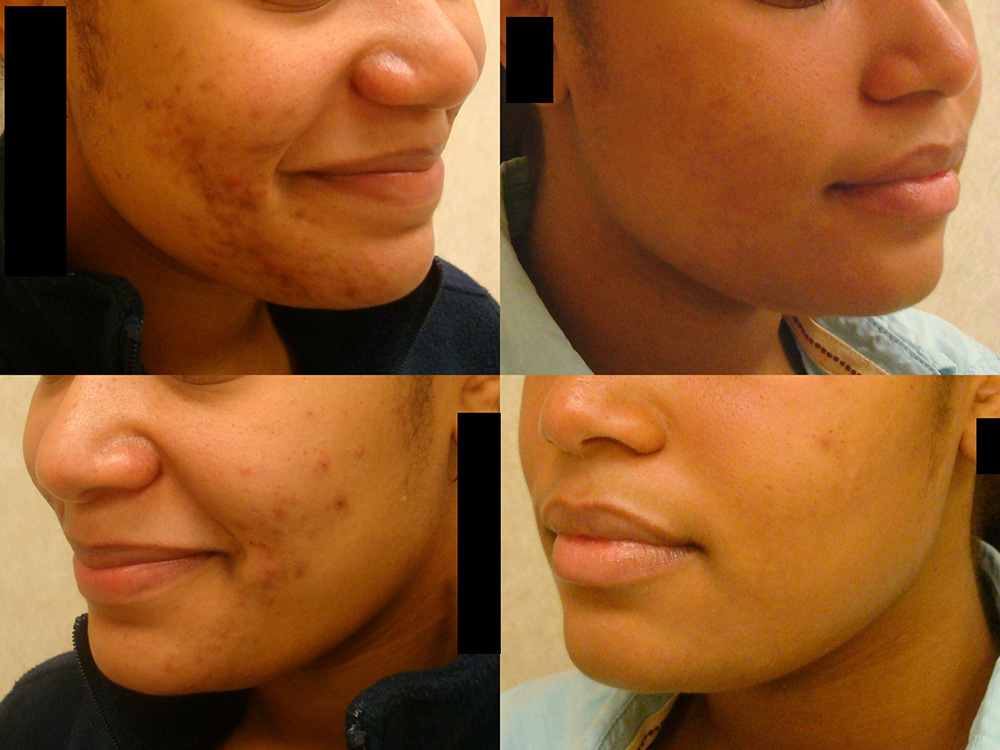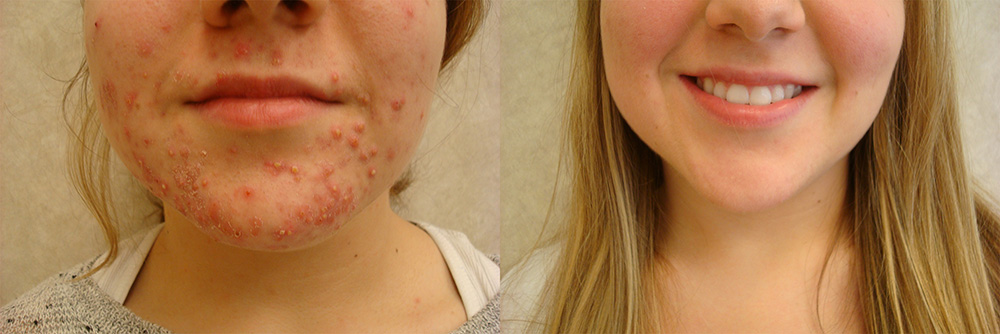At the end of a skin cancer screening or other office visit parents often ask, “By the way, what do you recommend for my teenager who is developing acne?” Not surprisingly, they have the best interest of their teenagers in mind as they support them through the transition to adulthood. The answer to the question, “What do you recommend for acne?” however, is more complicated than one may realize.
What causes acne? There are many contributing factors in the development of acne. Hormonal causes, genetic influences, oil production, bacteria and environmental factors such as heat and humidity, change in seasons, sports and sport equipment are all possibilities. Additionally, cosmetic products such as make-up, certain moisturizers and sunscreen may contribute to the development of acne. While many parents advise their teenagers to avoid foods such as French fries, chocolate and pizza, these foods are not causes of acne.
There are three broad categories of acne:
1. Comedonal
2. Inflammatory
3. Nodulocystic.
These categories may be thought of as mild, moderate and severe in terms of how they appear clinically. Comedonal acne characteristically presents with whiteheads or blackheads without considerable redness. Inflammatory acne appears as the red “pimples” that we traditionally think of when we consider acne. Nodulocystic acne refers to “boils” or cysts that reside deep underneath the skin and may be painful to the touch. The appropriate treatment of course depends on the type of acne a person suffers from as well as the severity.
The ladder of acne treatment follows:
1. Over the counter products containing Benzoyl Peroxide or Salicylic acids. Cleansers containing these ingredients are a good place to start for the treatment of mild comedonal acne. If the acne is slightly more severe, involving small red pimples, then creams or pads containing 2.5%, 5% or 10% benzoyl peroxide or Salicylic acid may be used. Acne therapies, even prescription medications, do not work overnight and a trial of at least 6-8 weeks is necessary to determine if a treatment is a failure or success.
2. If after 6-8 weeks of over-the-counter medications does not improve the acne, then a visit to your dermatologist may be necessary. Prescription topical antibiotics such as sodium sulfacetamide and clindamycin may be useful in reducing the severity of acne. An important mainstay in the treatment of comedonal acne are vitamin A derived products called retinoids or Retin A. These medications unclog pores, increase cell turnover and exfoliate skin cells that may be causing the pimples.
3. If topical therapies are not successful, then systemic treatments such as oral antibiotics (Tetracyclines, Erythromycins or Sulfa based medications) are employed. Using these medications may provide dramatic reduction in deeper pimples and cysts that are not responsive to topical creams, gels or washes. These medications can help reduce the development of scars however should be used judiciously to prevent the development of bacterial resistance.
4. For the most severe acne patients who have failed all other approaches, Isotretinoin or Accutane is an excellent option. There are however, significant potential side effects that patients and parents need to be aware of including: dry skin, sun sensitivity, liver damage, mood changes and birth defects if the medication is taken while pregnant. Due to the serious side effects associated with Accutane, monthly office visits and laboratory evaluations are required to ensure proper compliance and tolerability of the medication.
5. At Fairfield Dermatology and Cosmetic Surgery Center we also use laser and light devices for patients who are not candidates for certain medications or for those who prefer an alternative route. Blue light therapy, photodynamic therapy and pulse dye lasers are a few of the alternative modalities used to create long lasting clearance of acne. Microdermabrasion and chemical peels are additional therapies that in conjunction with an appropriate home care regimen can improve the signs and symptoms of acne.
While dermatologists have attempted to find “the cure” for acne one does not exist – yet. Acne treatment is a process and patience is an important part of that process. It may require months to discover the correct mix of treatments for a particular acne patient. Don’t wait for scarring to occur before seeking treatment.
Before & after

Before: 20 year old female with acne, cysts and blemishes (hyperpigmentation) –
After: Personalized acne regimen and complexion blending techniques restored the natural beauty of her skin tone and texture


Before: 22 year old female with severe cystic acne recalcitrant to traditional therapies – After: Tailored skin care regimen and combination therapies resulted in a dramatic resolution of her acne

